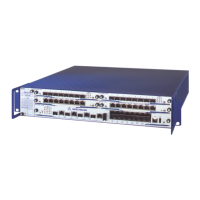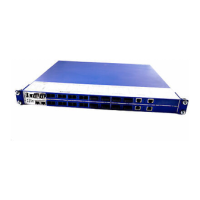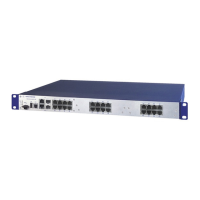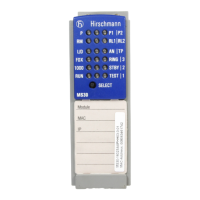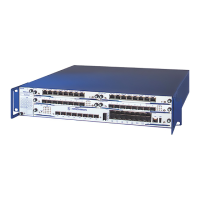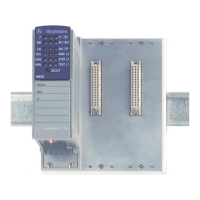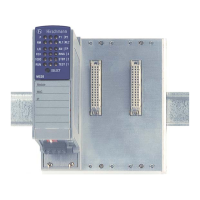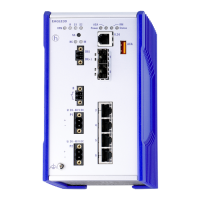Network load control
Basic - L3P
Release
4.0
11/07
8.4
QoS/Priority
17
8.4 QoS/Priority
8.4.1 Description of Prioritization
This function prevents time-critical data traffic such as language/video or
real-time data from being disrupted by less time-critical data traffic during pe-
riods of heavy traffic. By assigning high traffic classes for time-critical data
and low traffic classes for less time-critical data, you ensure optimal data flow
for time-critical data traffic.
The Switch supports eight priority queues (traffic classes in compliance with
IEEE 802.1D). The assignment of received data packets to these classes is
performed by
X Access Control Lists, MAC- or IP-based ACLs (see on page 91 "Access
Control Lists (ACL).").
X the priority of the data packet contained in the VLAN tag when the receiv-
ing port was configured to "trust dot1p".
X the QoS information (ToS/DiffServ) contained in the IP header when the
receiving port was configured to "trust ip-dscp".
X the port priority when the port was configured to "no trust".
X the port priority when receiving non-IP packets when the port was config-
ured to "trust ip-dscp".
X the port priority when receiving data packets without a VLAN tag (see on
page 71 "Configuring the ports") and when the port was configured to
"trust dot1p".
Default setting: "trust dot1p".
The Switch considers the classification mechanisms in the sequence shown
above. This means that access control lists always have priority over the fol-
lowing mechanisms. Access control lists can prioritize the data packets with
reference to Layer 2, Layer 3 and Layer 4 (e.g. MAC addresses, IP address-
es, protocols, TCP/UDP ports).
Data packets can contain prioritizing/QoS information:
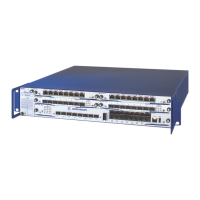
